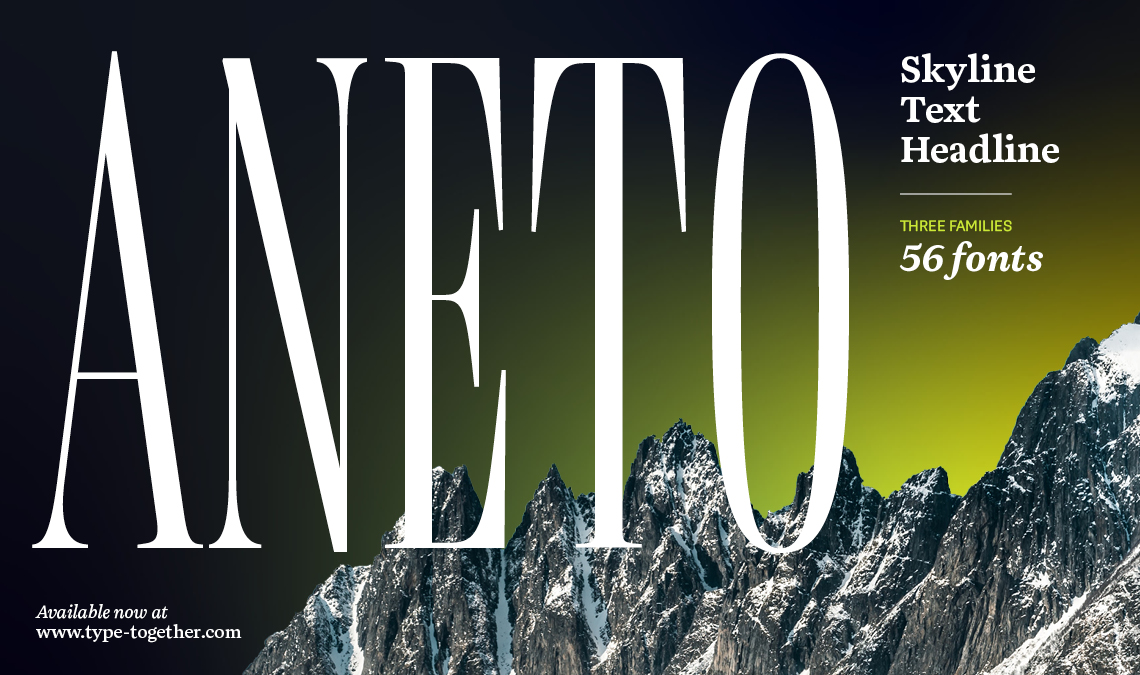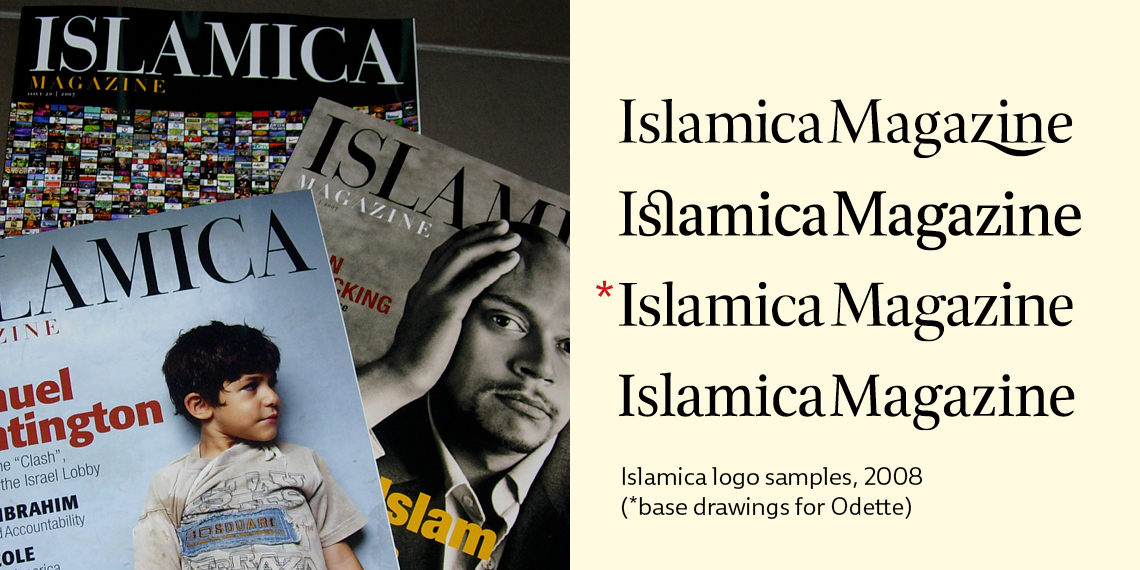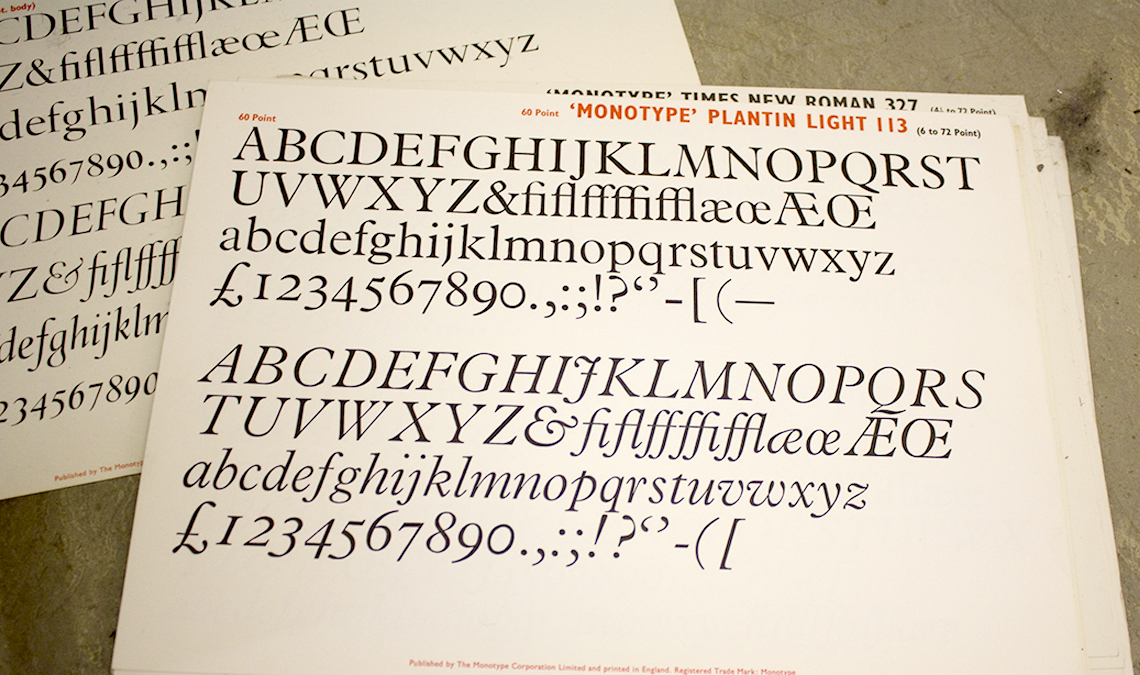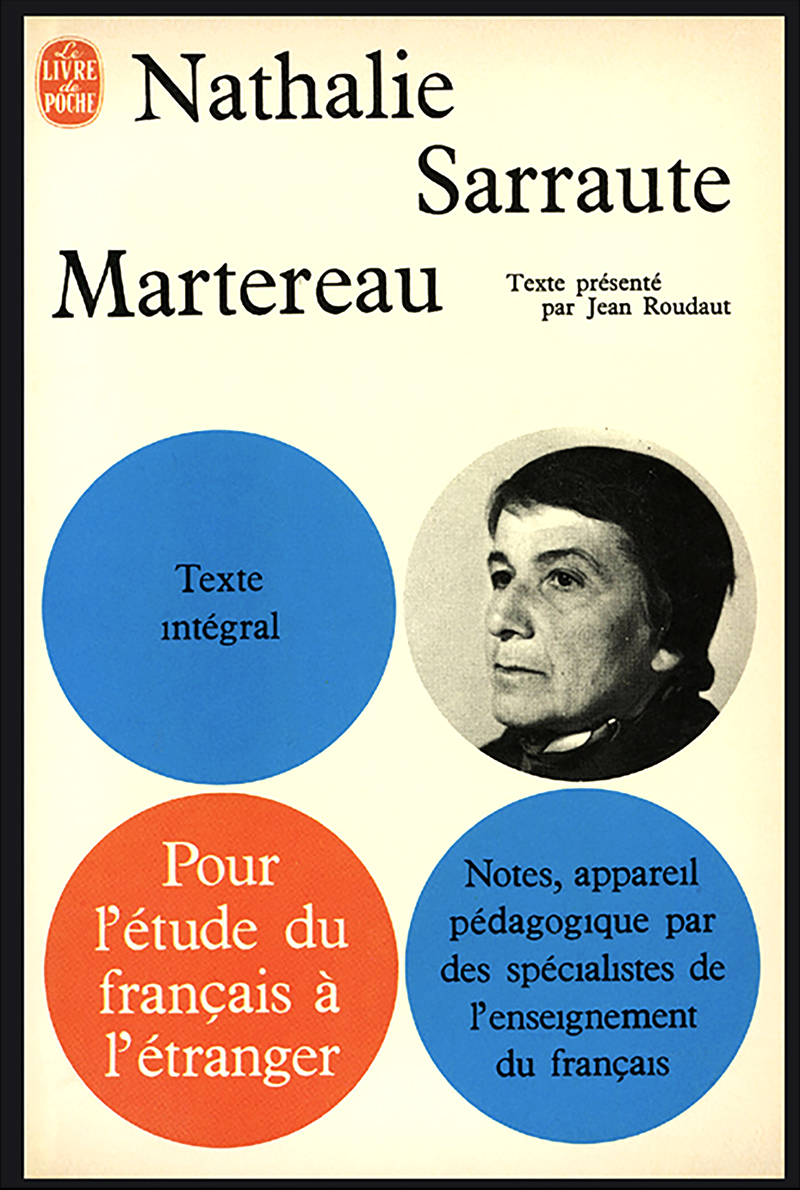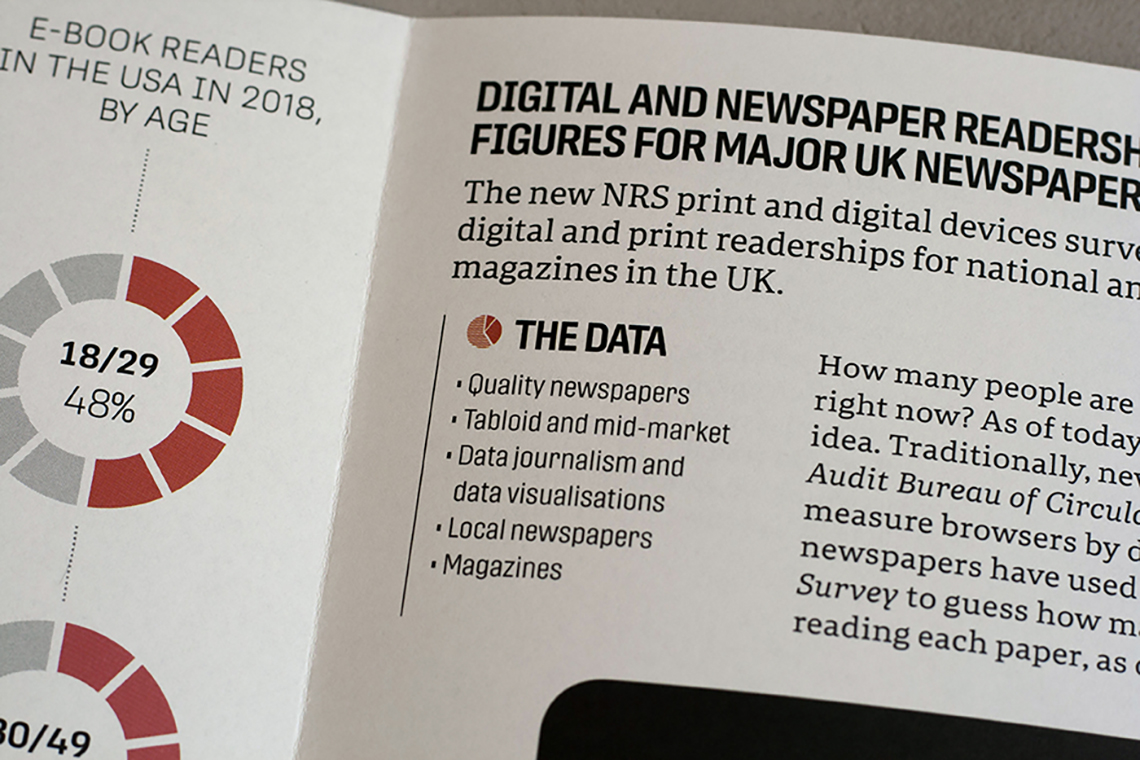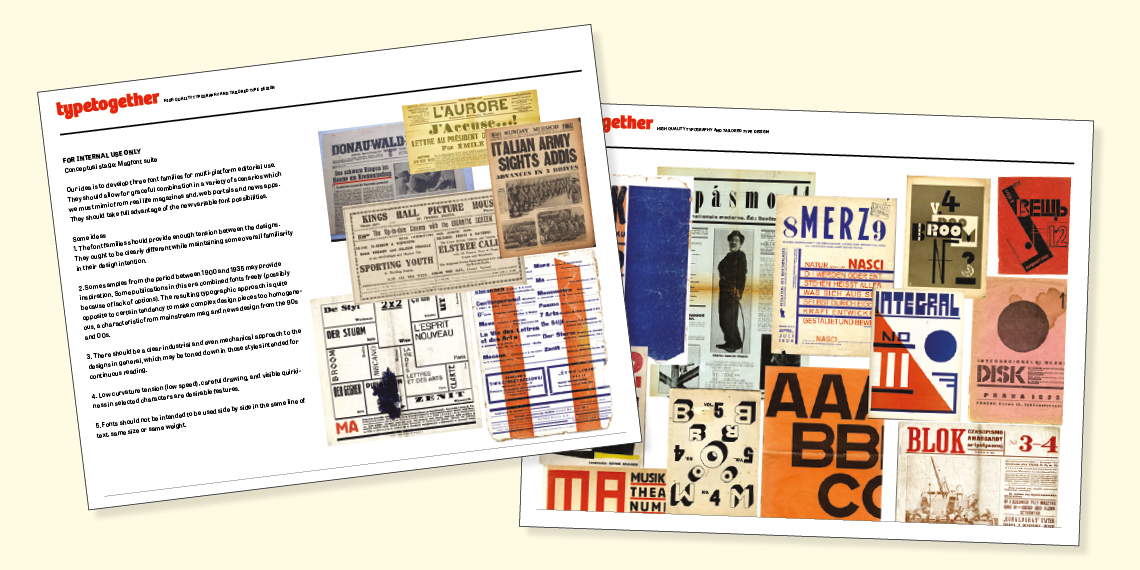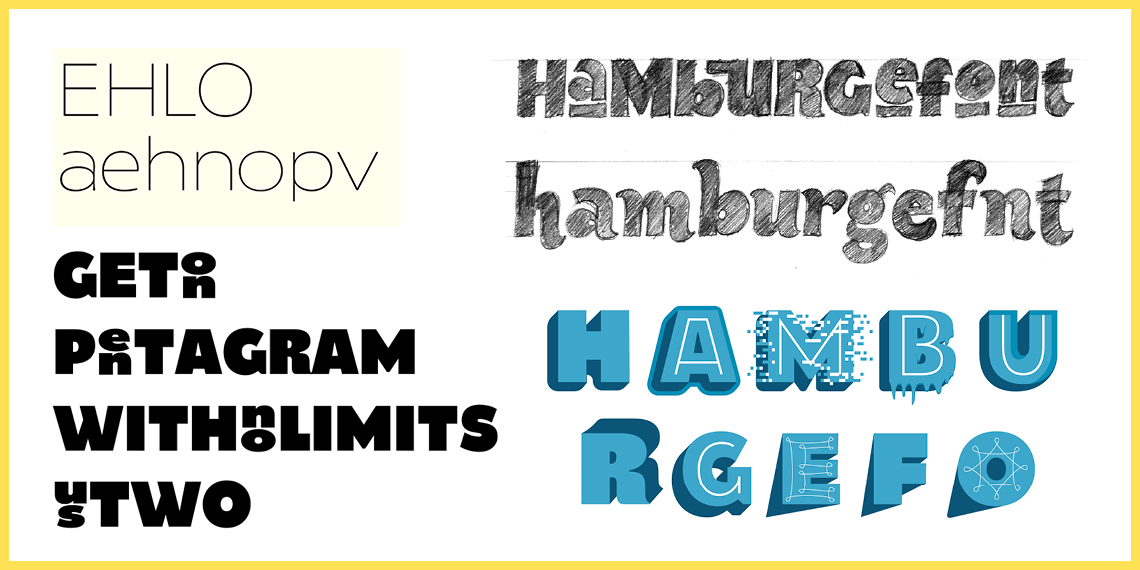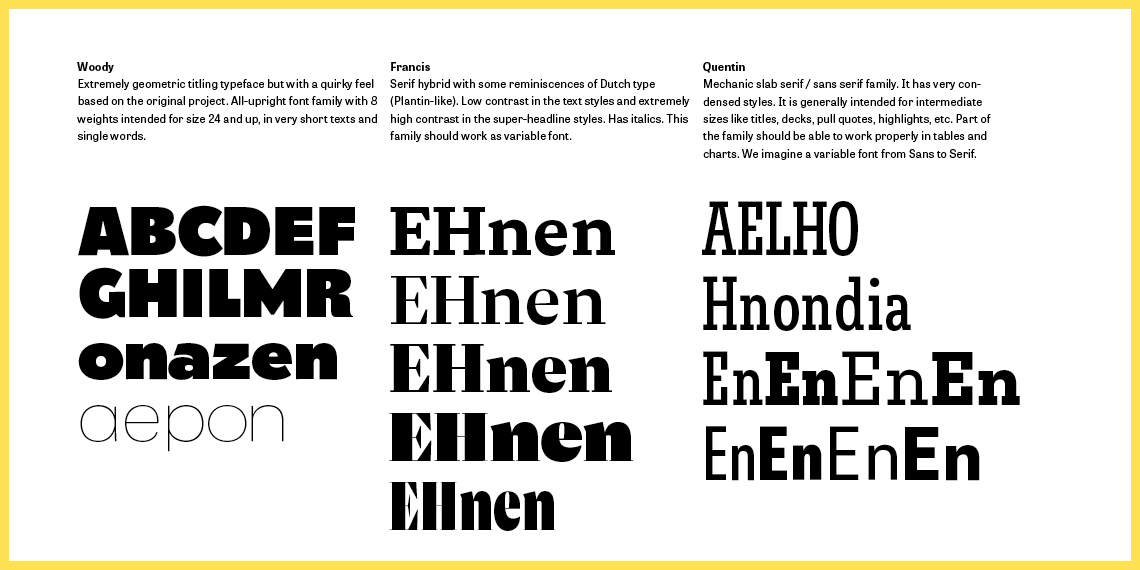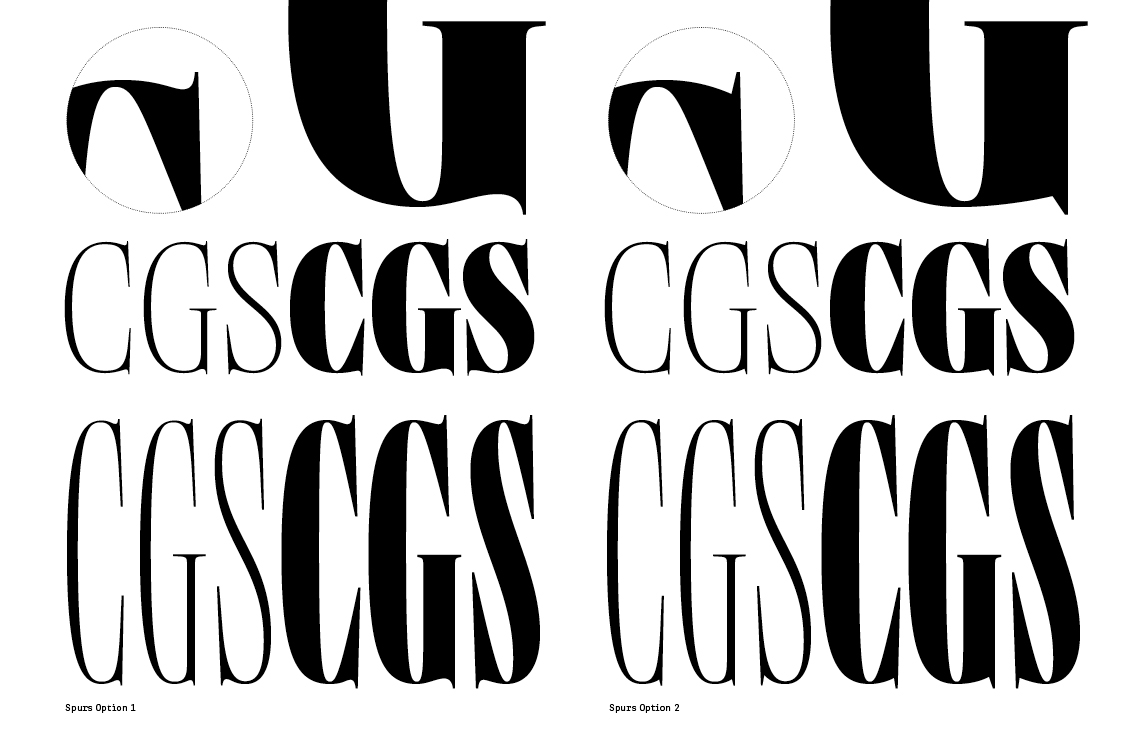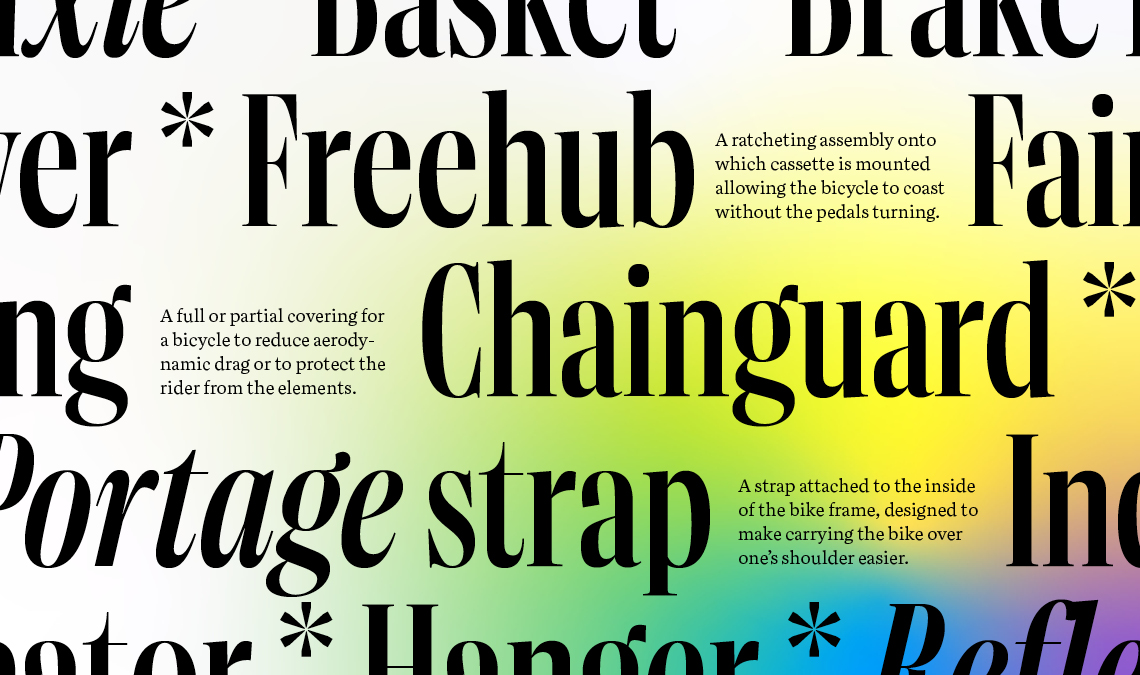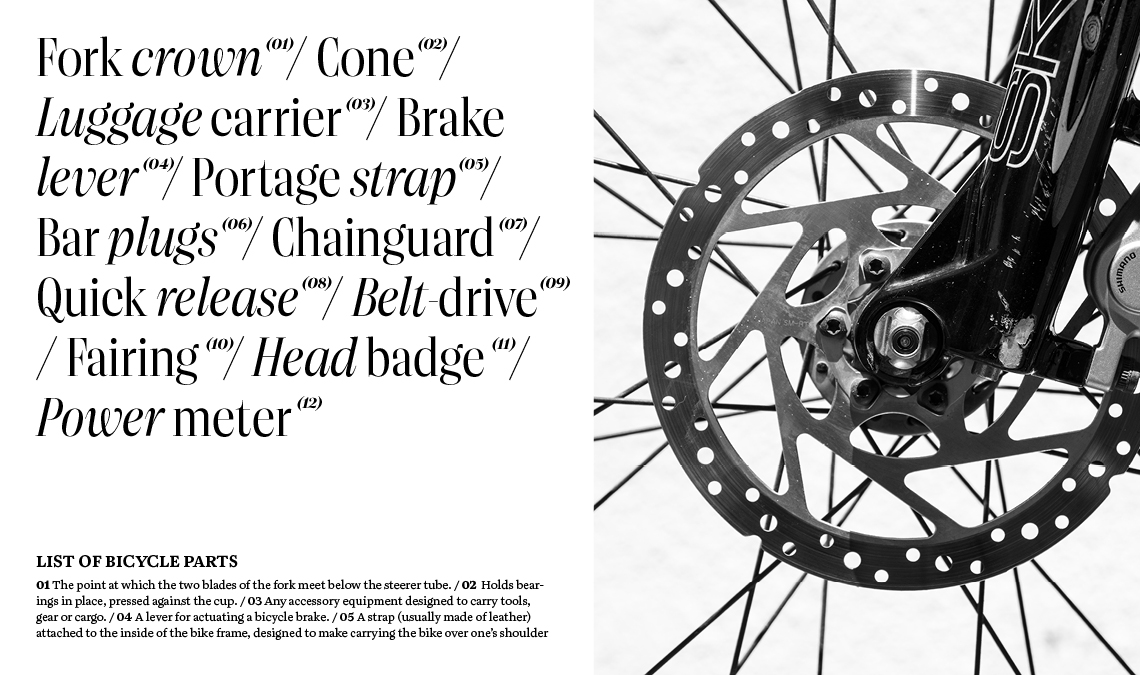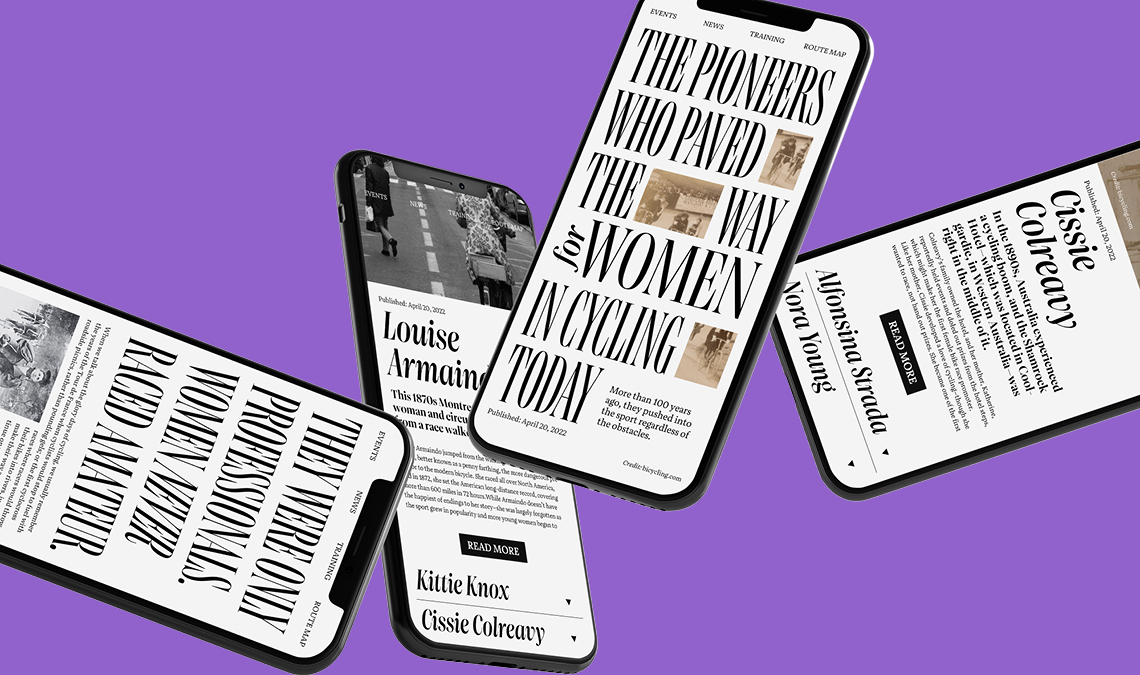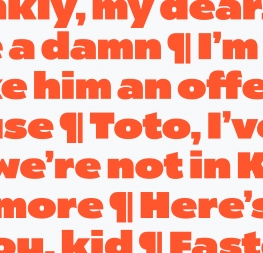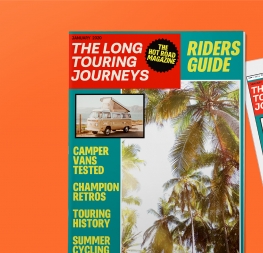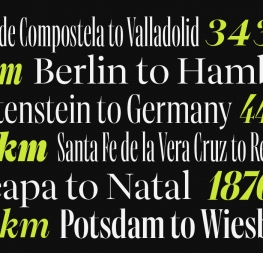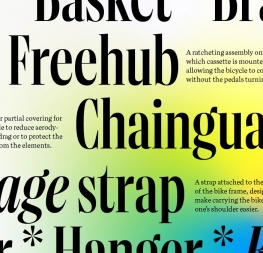Roxane Gataud got involved rather early in the process once the path of a trilogy family was decided, and one of the first things she suggested was to switch the slabs for bracketed serifs. This granted the design a softer appearance that, as we all agreed, was much more appropriate for its style. At some point soon thereafter we decided to go even further and create special cuts intended for “catastrophe headlines” — very tall, high contrast, and very condensed.
These glyphs were tackled first, and here we worked with two axes that allowed variation of weight and width, and tried to compress lettershapes as much as we could to allow users to fit incredibly tall letters in the most limited spaces. Its intended use in posters, book covers, magazine headlines, and very large pull quotes guided many of the design decisions.
This part of Aneto was cheekily named Aneto Skyline and it is a type family within a type family. It wants to be used in short sentences and single words, trading horizontal real estate for vertical, and catching the reader’s eye in the process. For example, the sharp serif transitions on ‘C, G, S’ and a carved-out ‘Q’ that was real fun to draw but is quite an engineer’s nightmare. The italics feature a curvy design with a steep 13º slant and prominent in- and out-strokes. The dramatic effect can be even further emphasised by choosing the wedged alternates ‘A, M, N, V, W’. Aneto Skyline has six upright and six italic styles that are multiplied across three widths each (Condensed, Compressed, Normal) for a total of 36 fonts.

